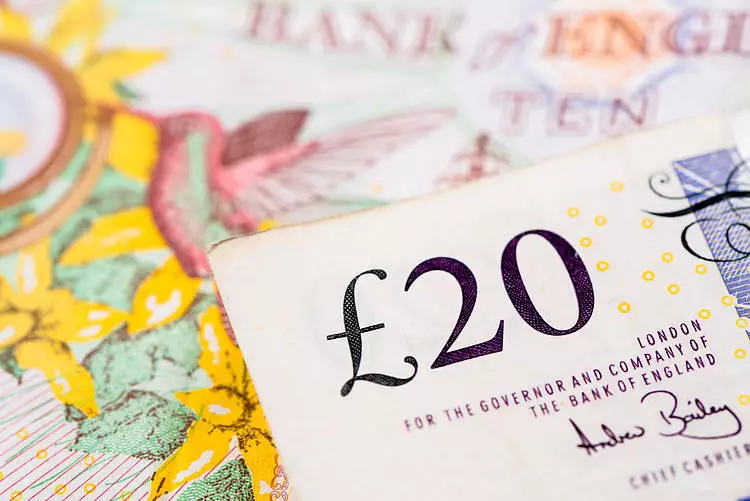As the currency markets react to significant geopolitical events, the Pound Sterling has shown notable resilience against the US Dollar amidst ongoing US elections. This movement comes as investors brace for anticipated interest rate cuts from both the Federal Reserve (Fed) and the Bank of England (BoE). These rate adjustments could potentially reshape market expectations and influence inflation trends within the UK economy.
Current predictions indicate that the BoE will lower interest rates by 25 basis points (bps) during its upcoming meeting, potentially bringing the rate down to 4.75%. This cut marks the second such adjustment within this calendar year, reflecting growing concerns over inflation and economic stability. A significant majority of the Monetary Policy Committee (MPC), comprising seven out of nine members, is expected to favor this easing trend. However, a notable dissenting voice may arise from Catherine Mann, an external member who has historically supported tighter monetary policy measures.
Mann’s stance has gained attention, particularly her comments made during a panel at the International Monetary Fund (IMF) meetings. She acknowledged the recently reported soft inflation figures but stressed the need for substantial progress before the central bank could justify further cuts. Mann highlighted that service-related inflation remains persistently high, thereby complicating the path toward achieving the BoE’s target inflation rate of 2%.
Beyond interest rate discussions, investors are eager to understand the BoE’s perspective on last week’s UK Autumn Forecast Statement delivered by Chancellor of the Exchequer Rachel Reeves. The Office for Business Responsibility (OBR) suggested that the measures proposed are both supportive of growth and potentially inflationary. This dual impact creates a complex narrative for economic stakeholders, as growth initiatives can stoke demand while also leading to higher prices.
Market participants will likely scrutinize any comments from the BoE regarding these budgetary changes, hoping to glean insights into future policy adjustments and their implications for inflation. Given the intertwined nature of fiscal and monetary policy, a response that downplays the inflationary risks could bolster the Pound on the foreign exchange markets.
Currently, the Pound Sterling exhibits a relatively stable position against its major counterparts, although it has managed to edge higher against the US Dollar to approximately 1.2980. The GBP/USD pair appears to be consolidating within the range set earlier in the week, demonstrating an initial resilience, particularly as US election polling approaches.
However, the technical analysis presents a more cautious outlook. Despite the recent uptick, the GBP/USD remains under the influential resistance of the 50-day exponential moving average (EMA) situated around 1.3060, which has historically served as a barrier for upward movement. Conversely, a significant support level lies near the 200-day EMA at approximately 1.2850, providing a cushion for traders seeking to rebound from potential downward trends.
With a Relative Strength Index (RSI) reflecting values above 40, there remains a glimmer of buying interest at these lower levels. Nonetheless, should the currency pierce through these foundational supports, it could initiate a sharper decline, raising concerns among investors regarding the long-term health of the Pound.
Turning to the Federal Reserve, the institution has a dual mandate that emphasizes the need to balance inflation control with full employment. The Fed conducts assessments leading up to eight interest rate meetings each calendar year, where decisions are framed by broader economic indicators and forecasts. The outcome of these discussions typically influences the strength of the US Dollar in global markets.
When the Fed opts to raise interest rates, this generally attracts foreign investment, bolstering the USD against other currencies. Conversely, if the Fed pursues rate cuts, the likelihood of a weakened dollar increases, as capital may flow towards markets offering higher returns. When rates remain unchanged, the nuances of the subsequent FOMC statements play a critical role in shaping market sentiment, serving as either a signal for hawkish or dovish trends in future policy.
As both the Fed and the BoE navigate complex economic environments marked by fluctuating inflation and employment figures, market participants will remain vigilant. The interplay of monetary policy decisions and fiscal measures will undoubtedly shape the trajectory of the Pound Sterling against the US Dollar. In this intricate setting, careful analysis and proactive strategies will be crucial for investors looking to capitalize on potential currency movements in the weeks ahead.

